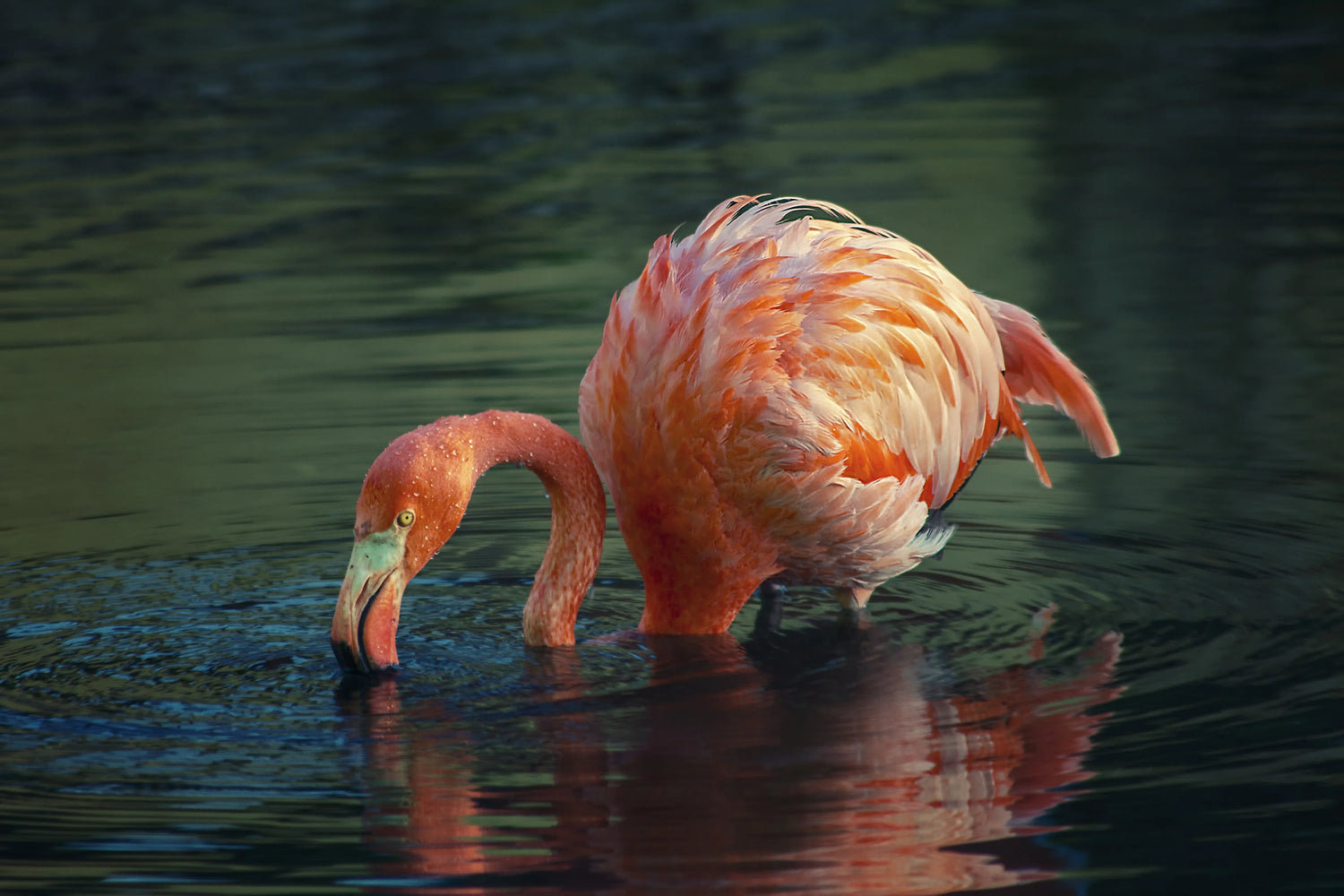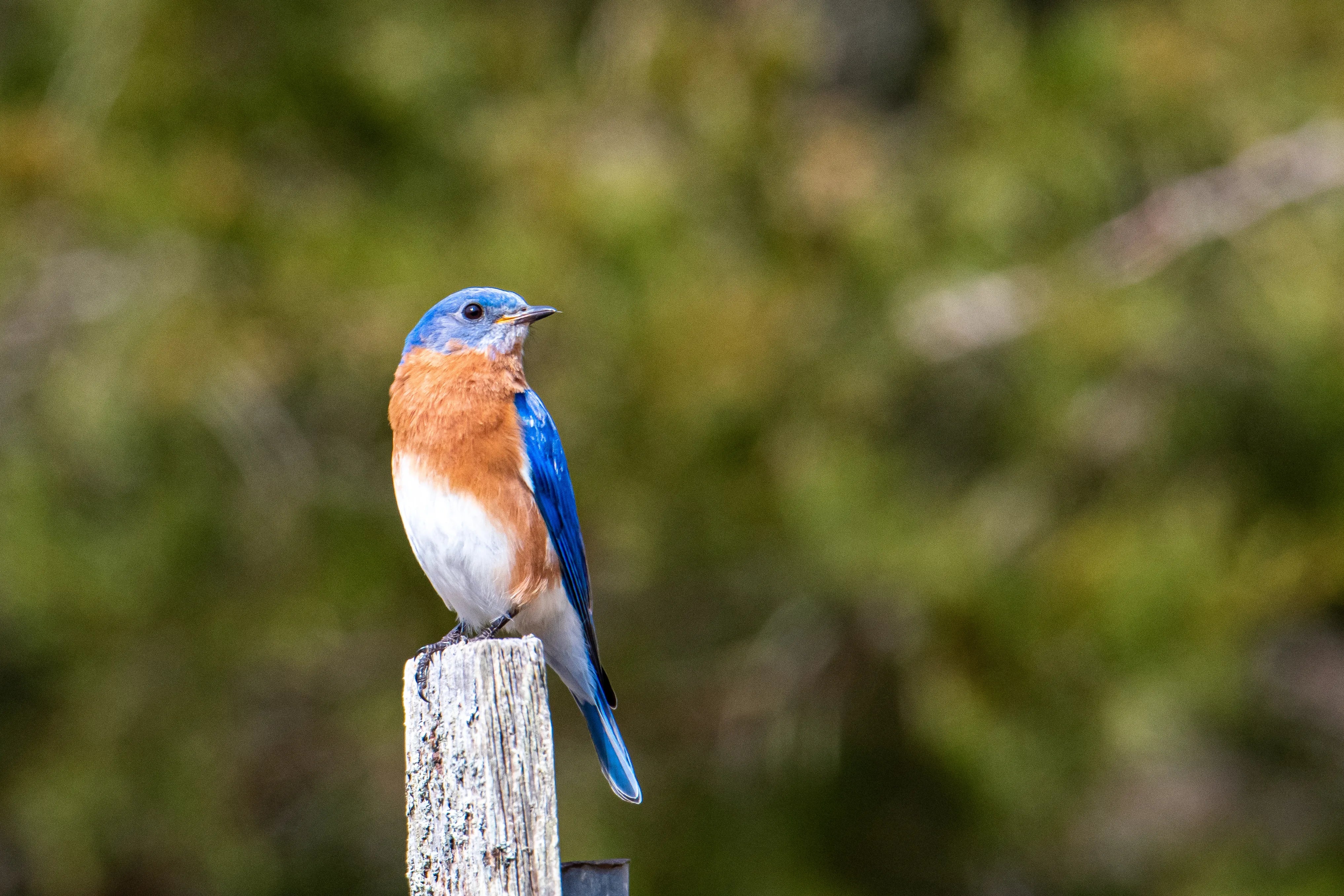鸟类不仅仅是视觉动物。它们的嗅觉比你想象的更强大,也更有用。
🧠 鸟儿能闻到气味吗?
长期以来,人们普遍认为鸟类几乎完全依赖视觉和听觉。但科学证明并非如此。
鸟类确实有嗅觉——许多物种依靠这种能力生存。虽然并非所有鸟类都拥有敏锐的嗅觉,但有些鸟类会利用气味来寻找食物、躲避捕食者或在长途迁徙中导航。
🌬️ 鸟类有嗅觉吗?
当然。鸟类拥有嗅球,这是大脑中负责处理嗅觉的结构。不同物种的嗅球大小不一:
- 大型嗅球:常见于几维鸟、秃鹫和海鸟(例如海燕和信天翁)。这些鸟类的嗅觉能力高度发达。
- 小型嗅球:鸣禽和猛禽的典型特征,它们的视觉更为重要——但这并不意味着它们的嗅觉毫无用处。
有趣的事实:火鸡秃鹫能够利用嗅觉找到数英里外的死去的动物,它们能够检测到乙硫醇——一种由腐烂的肉释放的气体。

🧬 鸟类气味的进化:比你想象的更古老
鸟类的嗅觉并非事后才进化而来的。事实上,一些最早的鸟类拥有发达的嗅觉区域。
现代研究利用鸟类头骨的CT扫描显示,嗅球的大小差异很大,这表明嗅觉从一开始就在鸟类进化过程中发挥了作用。
🔍 一些对气味有重要影响的物种:
- 暴风海燕可以探测到海洋表面的鱼油。
- 几维鸟仅凭嗅觉就能在地下捕猎昆虫。
- 鸽子在迁徙过程中可能会利用气味来形成心理地图。
😮 鸟儿的气味难闻吗?
视情况而定!
鸟类本身通常没有强烈的气味。事实上,大多数野生鸟类出奇地没有气味——这是一种进化优势,可以帮助它们避免被捕食者发现。然而:
- 如果笼子不干净或者饮食不均衡,圈养鸟类可能会产生气味。
- 水鸟和海鸟可能会从其环境中闻到轻微的鱼腥味。
总体而言,鸟类气味不好的说法只是一种误解。
🍓 鸟类有味蕾吗?
是的,但比哺乳动物少。
人类大约有9000个味蕾,而大多数鸟类只有不到100个。然而,即使味觉受体有限,鸟类也能区分基本的味道:
- 甜:蜂鸟喜欢富含花蜜的花朵。
- 苦味:许多鸟类避开苦味的种子或水果。
- 咸味:一些沿海鸟类通过饮用海水来调节盐度水平。
味觉和嗅觉通常协同作用——尤其是在以水果或花蜜为食的物种中。因此,虽然鸟类的味蕾数量较少,但它们的功能却出奇地强大。
🐦鸟类有嗅觉——并在社交生活中利用它
Smell isn’t just for food. In some birds, it’s a social signal:
- Zebra finches can distinguish their own eggs by scent.
- Crested auklets produce tangerine-scented oils during mating season.
- Parrots may use scent to recognize familiar companions, especially when raised together.
These examples suggest that birds use smell to communicate, choose mates, and identify offspring. In some cases, smell is even tied to reproductive success.
📷 How Smart Bird Cameras Can Observe Scent-Driven Behavior
You might be wondering: Can technology help us understand bird smell in action?
While we can’t smell what birds do, smart bird feeder cameras offer a window into behavior that may be scent-influenced:
- Repeated visits to certain feeders may suggest scent recognition or familiarity.
- Avoidance behaviors (e.g., sudden disinterest after new chemicals or pesticides are introduced nearby) may indicate olfactory cues.
- Nest site preferences—especially among cavity nesters—might involve smell-based decisions, which can be documented visually over time.
💡 Bilantan’s smart bird cameras are perfect for tracking subtle patterns. While they don’t measure scent directly, they help spot behaviors that hint at olfactory influence.
🛠️ How to Support Birds’ Natural Senses
If you're a bird lover, here’s how to support their sense of smell and overall wellbeing:
- Avoid using strong-smelling pesticides or cleaners in bird-friendly spaces.
- Grow native plants that produce berries or nectar—birds may sniff them out.
- Keep feeders clean, but avoid overly perfumed soaps.
- Observe from a distance—birds can smell human scents, especially on nesting materials.
❓ FAQ: Bird Smell & Taste Questions
Q: Can birds recognize their owners by smell?
A: Some captive birds, like parrots, may recognize their caregivers by scent combined with voice and sight.
Q: Do birds use smell during migration?
A: Yes. Pigeons and some seabirds are known to follow olfactory maps over long distances.
Q: Which birds have the best sense of smell?
A: Turkey vultures, petrels, kiwis, and albatrosses top the list.
Q: Can hummingbirds smell flowers?
A: While their sense of smell is modest, hummingbirds primarily rely on sight and taste to select nectar-rich flowers.
🌼 Final Thoughts: Birds Smell More Than We See
So—can birds smell? Absolutely. From locating food and choosing mates to recognizing familiar places, birds rely on scent more than we once believed.
While not every species has the same ability, the olfactory world of birds is far more active, ancient, and diverse than most birdwatchers realize.
想近距离探索鸟类行为?
不妨试试 Bilantan 的智能鸟类相机,记录鸟类通过气味进行的活动和进食模式——非常适合了解当地鸟类的真正感知。




Leave a comment
All comments are moderated before being published.
This site is protected by hCaptcha and the hCaptcha Privacy Policy and Terms of Service apply.